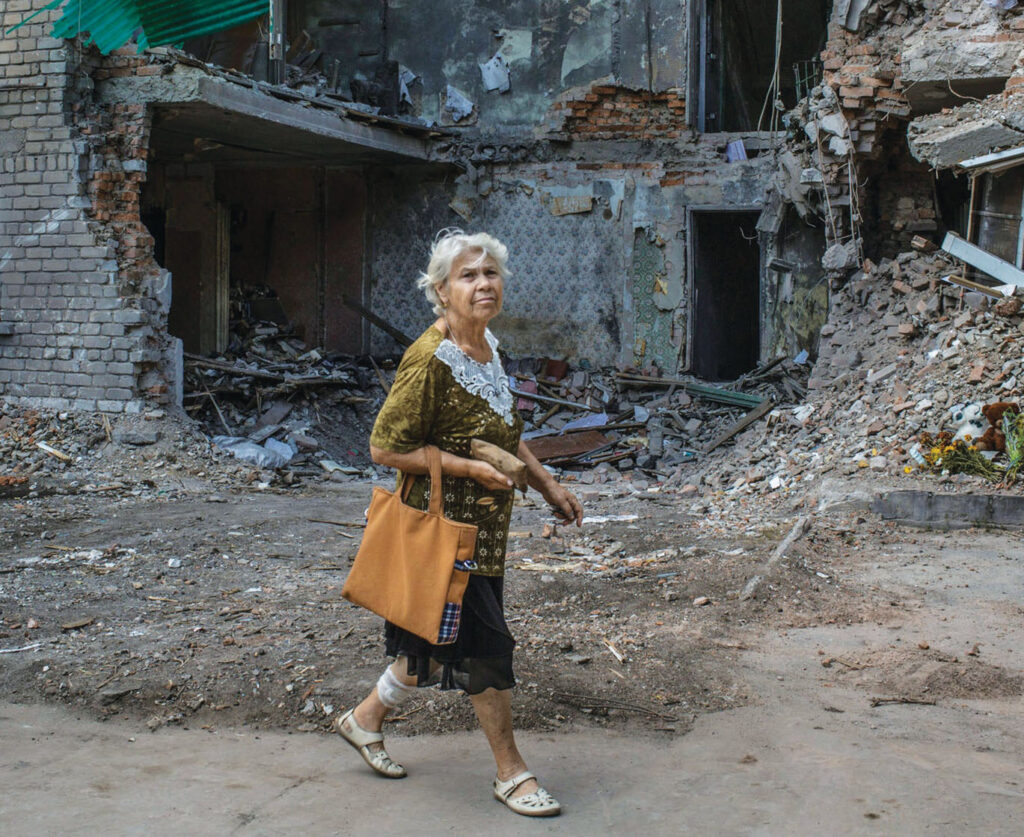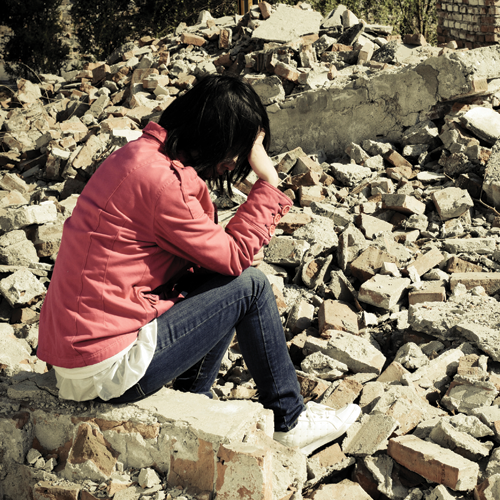Turkey and Syria: How Can I Help?
 On February 6, 2023, two earthquakes struck Turkey and Syria, followed by a third earthquake on February 20,. Tens of thousands have been killed and over a million people displaced in Turkey and Syria. Every crisis goes through phases. Right now, Turkish and Syrian people face urgent needs for rescue, shelter, medical care, and basic needs like food, water, and fuel. For individual donors and grantmakers alike, the question is, “How can I help?”
On February 6, 2023, two earthquakes struck Turkey and Syria, followed by a third earthquake on February 20,. Tens of thousands have been killed and over a million people displaced in Turkey and Syria. Every crisis goes through phases. Right now, Turkish and Syrian people face urgent needs for rescue, shelter, medical care, and basic needs like food, water, and fuel. For individual donors and grantmakers alike, the question is, “How can I help?”
In an article published by Penn Today, Kat Rosqueta, founding executive director at the Center for High Impact Philanthropy (CHIP), joined Penn Global and Penn Medicine’s disaster preparedness team to discuss how to help. She emphasized the need to support two types of nonprofits:
- Large, international, first-response nonprofits, such as CARE and International Medical Corps, that bring specialized expertise and connections to global supply chains needed to respond to a crisis of this scale.
- Pooled funds such as those managed by the Center for Disaster Philanthropy and Global Giving that can address needs as they evolve and fund smaller, local organizations working on the ground.
Four Phases of Disaster Response
Response
![]()
The first response to a disaster often includes search and rescue operations, as well as the provision of immediate relief for those affected in the form of medical care, food and water, and temporary shelter. Depending on the kind and location of the disaster, the organizations that can effectively provide initial help may be a mix of global and local: Large, international organizations bring supplies and trained personnel from around the world with specialized skills from work in previous disasters. Local, often smaller, agencies bring community knowledge and networks and are often more trusted by those affected.
Recovery
![]()
Recovery begins after short-term needs have been addressed and the situation has stabilized. Recovery includes rebuilding a community’s infrastructure. This includes physical infrastructure such as roads, telecommunications, schools, hospitals, and homes. It also includes non-physical infrastructure such as a functioning government, healthcare system, education system, and business sector. As communities recover, there is often an opportunity to build back better.
Risk Mitigation
![]() Risk mitigation builds communities’ resilience. For natural disasters, constructing earthquake-resistant buildings or raising the height of bridges are two examples. For man-made crises, peacebuilding and conflict resolution initiatives can mitigate risk. According to an analysis of 25 years of U.S. federal data, every $1 spent on natural disaster mitigation saves society $11 on average (NIBS 2019).
Risk mitigation builds communities’ resilience. For natural disasters, constructing earthquake-resistant buildings or raising the height of bridges are two examples. For man-made crises, peacebuilding and conflict resolution initiatives can mitigate risk. According to an analysis of 25 years of U.S. federal data, every $1 spent on natural disaster mitigation saves society $11 on average (NIBS 2019).
Preparedness
![]() Preparedness involves actions taken before an emergency to ensure a more effective response and steps to minimize the damage caused by a disaster. Stockpiling necessary supplies, developing disaster response protocols, performing regular disaster drills, and setting up pooled insurance mechanisms are all examples of activities that increase preparedness and lessen the human and economic cost of disasters.
Preparedness involves actions taken before an emergency to ensure a more effective response and steps to minimize the damage caused by a disaster. Stockpiling necessary supplies, developing disaster response protocols, performing regular disaster drills, and setting up pooled insurance mechanisms are all examples of activities that increase preparedness and lessen the human and economic cost of disasters.


